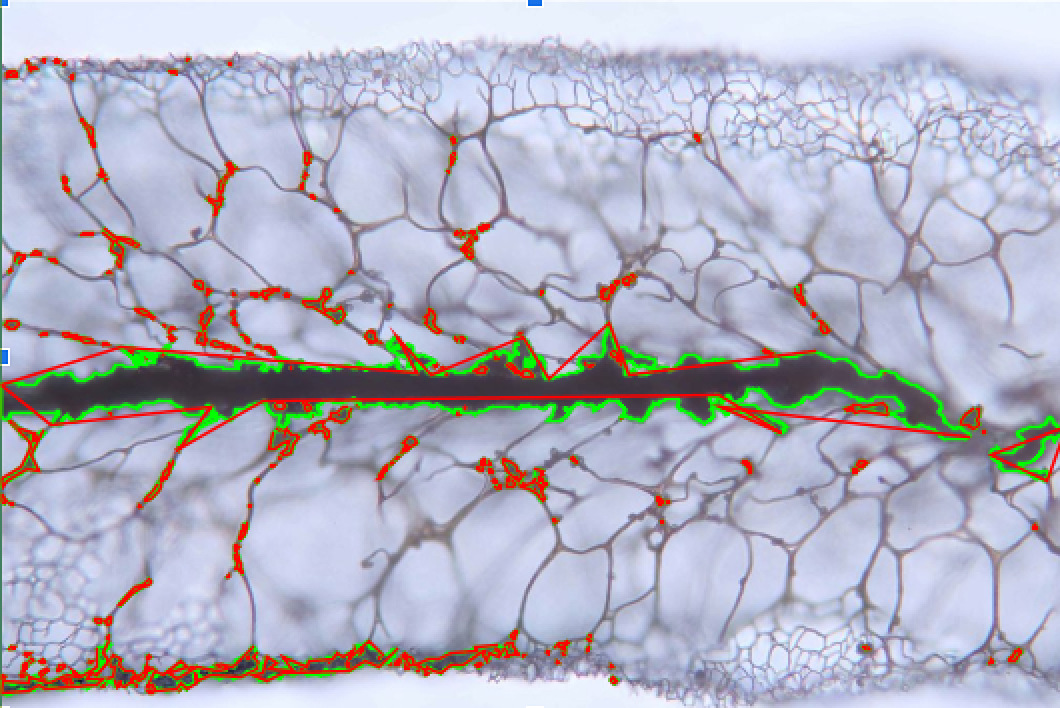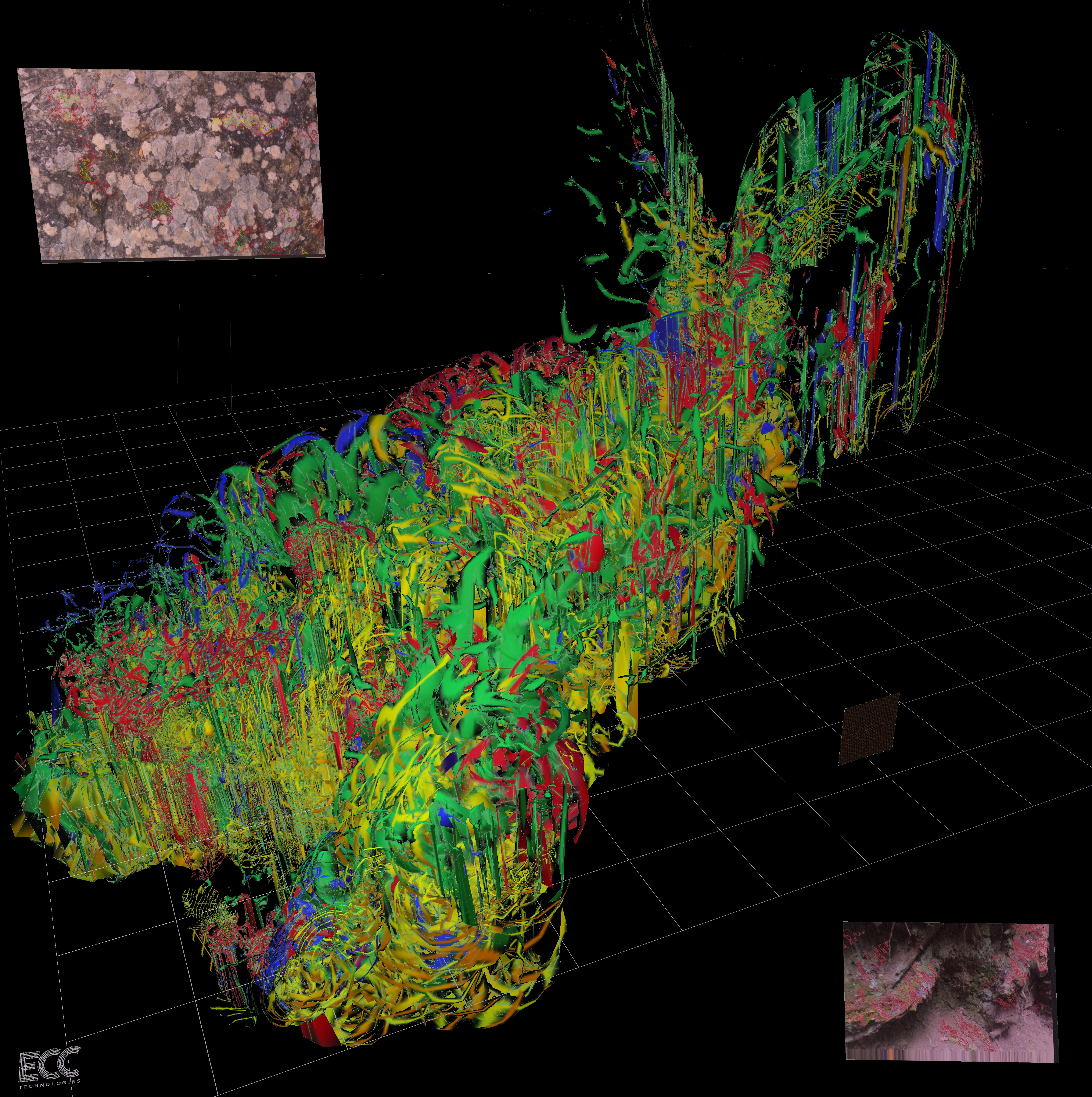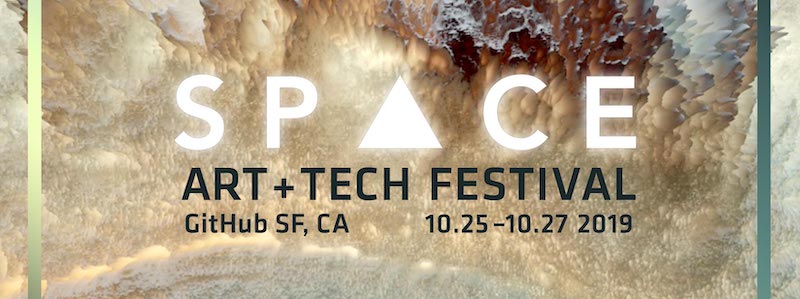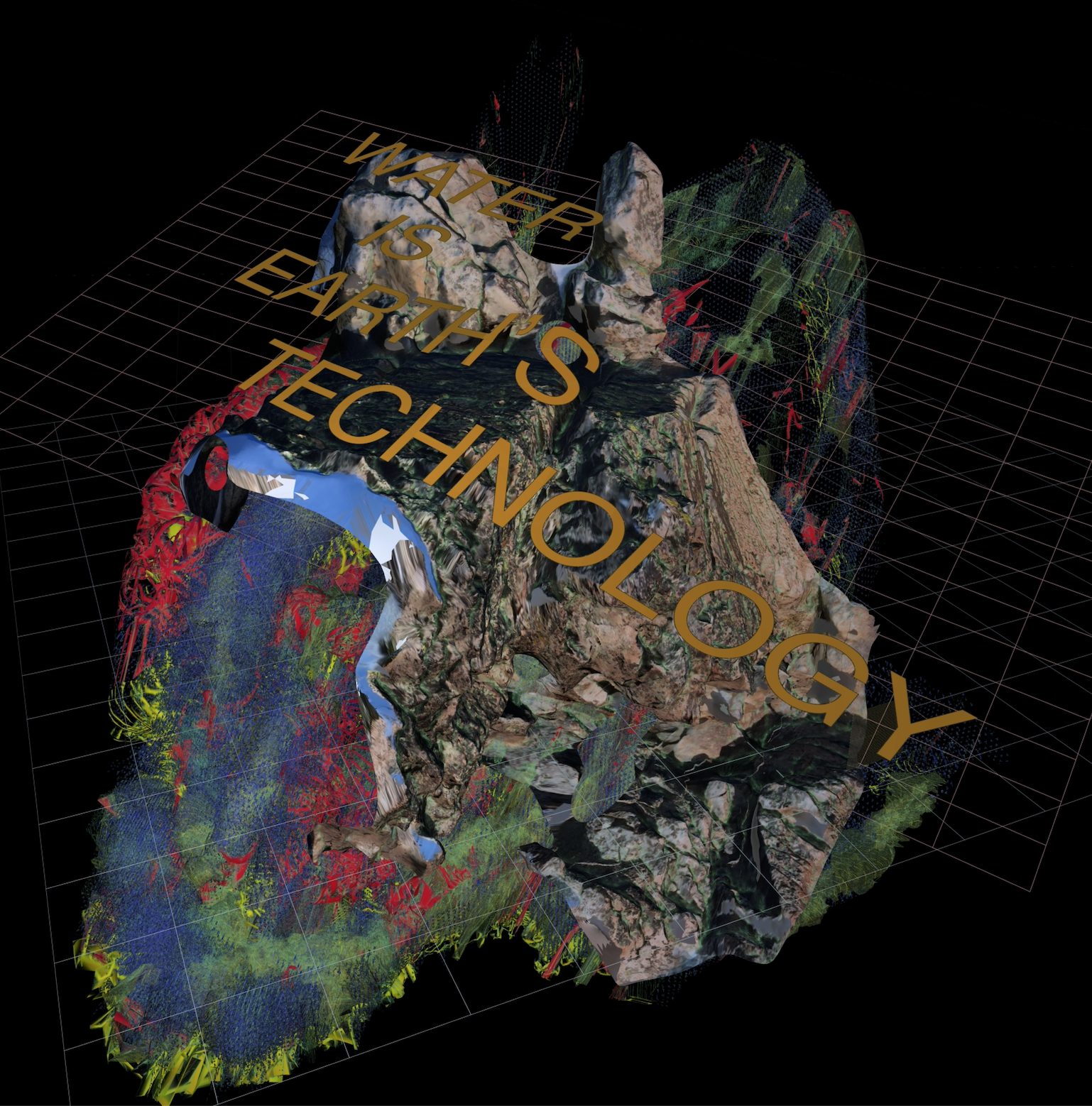
Premiere of Earth-Centered Communication Technology at CODAME Festival Oct 25-27 San Francisco
Artist Statement
We often think of our technological networks as bound to the human realm; technological networks serve human needs and connect humans to other humans or humans to information. However, everything is part of a living connected substrate, livingness circulates in a complex web of dependencies, the water and the air and the soil are transparent to all of the material realities of our actions.
This piece calls on us to acknowledge our shared spatial relations with other species as a kind of living communication network. If every space where signals are exchanged between organisms, be it through the air, light, temperature or vibrations represents communication in a living spatial network, how can we rethink our technologies as responsive to these signals, and especially to the needs of other living things? This piece is an attempt to remind us that we live in an interconnected space populated by both living and living-technological systems of information.
The piece "speaks" with common Green Sheild and Lace species of Lichen, a hybrid organism made up of a mutualistic relationship between fungal filaments and algae and/or cyanobacteria, locally sourced. The Lichen are interfaced through light and a webcam to a set of algorithms which are “BioBiased;" responding to features of lichen, and written in a way that centers on the wellbeing and lifecycles of Lichen. The piece tracks the Lichen and generates new visual versions, which communicate ‘beneficially’ through light patterns and light water vapor- back to the Lichen. ‘Biobiasing’ AI, is a speculative algorithmic prototype, that suggests a shift in focus of Deep Learning away from human-centered surveillance, and toward the understanding, protection and communion with the earth, ecological networks and shared spatial communication with other species.
In the Context of E.A.T at Nokia Bell Labs
This piece is an attempt to rethink the interface between living networks of organism, plants, fungi and other species, which can both define us emotionally and sustain us physically, and the technological communication networks on which we rely increasingly for emotional and material information. We commune with other species around us, and we emotionally connect to others, when we pay attention to our shared space.
How can we use technology to communicate with and connect with the other species whose interrelations form the basis of what sustains life on the planet? Through collaboration with EAT and Nokia Bell Labs the goals of this project are to prototype “new modes of empathic communication and experiential relating” between people and other living species, facilitated by new media. How can we utilize our shared spatial experiences of the planet as a mode of communication between species?
Join CODAME in writing stories, painting dreams, and building realities of 『 S P ▲ C E 』at their ART+TECH FESTIVAL 2019 at GitHub San Francisco, Oct 25-27. There will be nightlife installations, performances and hands-on workshops.
More Background on the Piece:
Technological visual apparatuses scale from the micro-level (Optical Coherence Tomography, OCT, scans for example) to the macro level (consistently updating satellite imagery of earth), and infrastructure in place physically populates the same spaces as important "ecological infrastructure" does, as well as extending past the atmosphere into outer space (LTE on the network on the moon). There are many ways in which technology currently "interfaces" with ecological systems, but very few of these directly benefit those ecological systems not without going through the filtration and discernment of the human eye and often in the service of human needs primarily.
As deep ecologist Satish Kumar theorizes, natural systems have "intrinsic value" outside of the human cognizer, as in - the tree makes a vibration when it falls, regardless of it being heard as a sound by a human. How do our technologies, if we center other organisms as intrinsically valuable? This is the premise for "Earth centered" as opposed to human-centered communication Technology. What would it look like if the technology was an extension of the living systems of earth (Jussi Parikka, 2015), accelerating their access to information pathways, as opposed to technology as an extension of the human body (Marshall McLuhan, 1964)? If we think of ecological networks as "computing" or exchanging information perhaps current algorithms such as, but not limited to, Deep Learning and Computer Vision could "interface" with these flows of information in a way that is biased towards benefiting the wellbeing of an ecological network ("BioBias"). Given the current ecocrisis that we live in, it makes sense that we turn all our tools towards the question of sustaining and integrating ecological flourishment.
This piece is a speculative "interface" between Lichen organisms and a "BioBiased" Generative Adversarial Network, plus the artist (the human can't really be subtracted out yet). The subject of the installation is Green Shield and Hair Moss Lichen sourced from Local parks (to be returned there). They communicate via a camera and Computer Vision (OpenCV) which processes their color, structure, and composition. That is inputted to a speculative Generative Algorithm that has been trained on other Lichen Images, Images of Abalone Shells, Rocks/Rock Formations and Hyalite Opals. Together the Lichen images are augmented with the algorithm's images, and this turns on and off water vapor misters which communicate back to the Lichen in the form of water and other nutrients in the water. While this is a playful and experimental prototype, it hopes to suggest the broader idea that technology could center the needs of other organisms.
Lichens are "multi-species communities" that reproduce themselves as communities. A lichen a composite organism, with members of two to three kingdoms: fungi, protists (algae), and bacteria (cyanobacteria), living together symbiotically. "Everything in the lichen’s environment is absorbed into the lichen's structure. Lichens get their water and nutrients from their surrounding environment via air and rain." (from https://www.fs.fed.us/wildflowers/beauty/lichens/biology.shtml)




